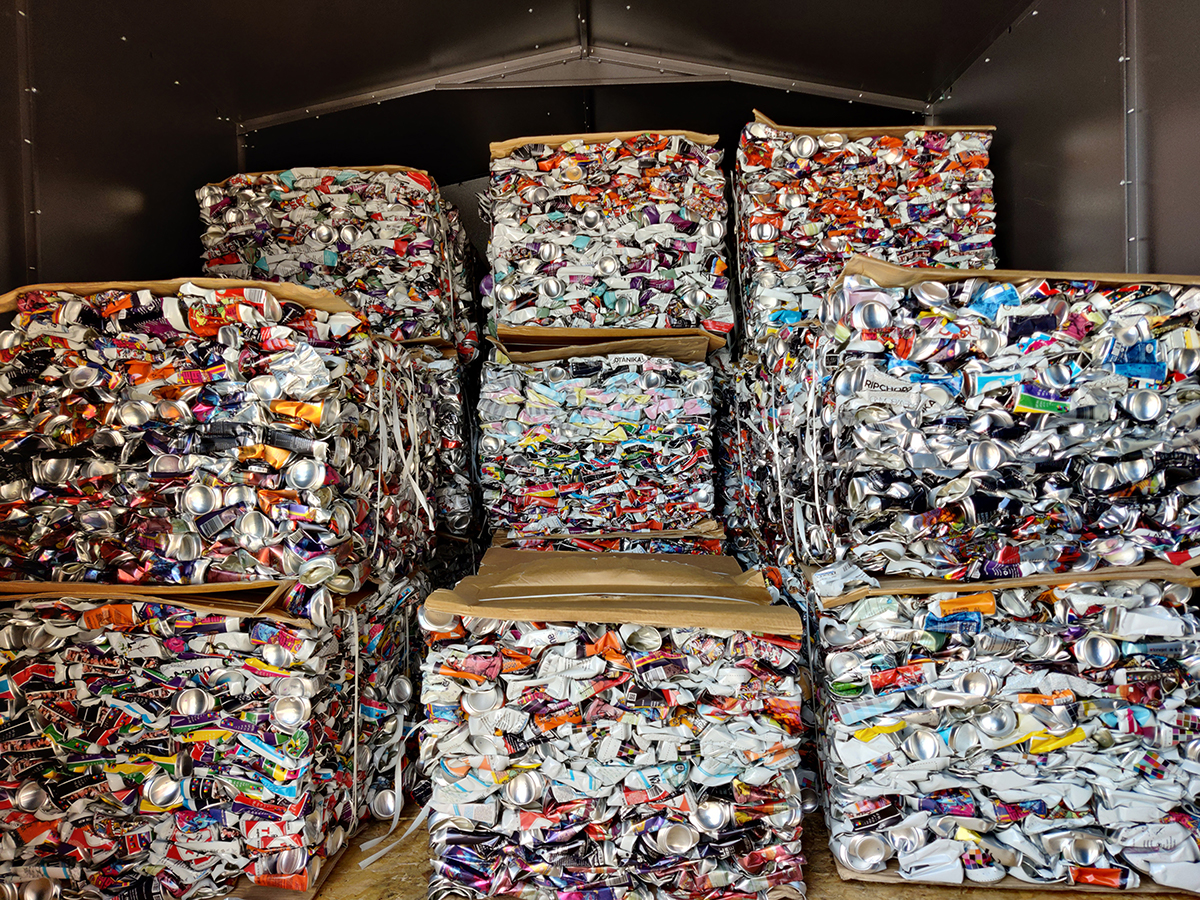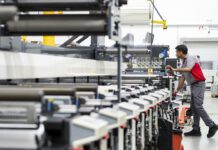
Aluminium is an infinitely recyclable material, with over 75% of all the aluminium ever produced still in use today. And yet craft brewers often feel they have no choice but to contaminate aluminium beverage cans with plastic labels or shrink sleeves. Here, Rob Day, CEO at Tonejet looks at beverage can decoration, the damage caused by the use of plastic labels and sleeves on cans and why alternative digital technologies are the sustainable solution.
Did you know?
• Used aluminium drink cans can be recycled and back on supermarket shelves as new drink cans in as little as 60 days.
• Recycling aluminium takes 95% less energy than producing it from its raw materials.
The low-weight, shelf-presence and freshness benefits of the aluminium can mean that it has fast become the container of choice for beverage brands. This is especially true in the booming craft beverage market, which now extends beyond beer to hard seltzer, water and cocktails. Aluminium is also one of the most sustainable packaging materials, being infinitely recyclable: the reclamation and smelting process does not alter its properties (as it can with other materials) and it can be re-used again and again.
With the increased popularity of craft beverages comes an increased need to stand out to the consumer, leaving many smaller artisan producers looking for affordable short run decoration methods. This, more often than not, results in aluminium cans being labelled or sleeved using plastic materials and adhesives. Plastic must be used as it will survive the can filling and washing process, but it has a detrimental effect on the recyclability of the can. PVC is still the most popular material for labels and shrink sleeves: its use creates additional steps in the recycling process and increases the number of cans which are rejected at the recycling centre and end up in landfill.
The desire to be carbon-neutral and a growing awareness of sustainable digital packaging technology is driving the adoption of new direct decoration technologies for some, but the majority of craft beverage producers remain unaware that the use of plastic label materials compromises the sustainability of the otherwise 100% recyclable aluminium can. To wrap a material that can be indefinitely recycled in any kind of plastic seems illogical.
Organisations like The Aluminium Association are helping to drive awareness and recently produced a container design guide aimed at maximising full circular recycling of aluminium. The guide explains that in the United States, an increased use of plastic labels and ring-pulls, shrink sleeves, adhesives and other unrecyclable components is diluting the value of aluminium causing operational and compliance problems for recyclers and safety issues for workers.
As a result, authorities are beginning to legislate against the use of shrink sleeves and labels. In Quebec, for example, beverage cans must not carry labels or sleeves that represent more than 1% of the package total weight. Since aluminium is so light, a label will typically add 10% to its weight, so cannot be used. A total ban on the use of plastic shrink sleeves on beverage cans is predicted later this year.

As we have seen in other packaging markets, digital innovations will revolutionise this industry. Mass-market beverage cans are offset-printed directly when the can is manufactured, but this analogue approach in uneconomical for shorter runs. It is now possible using inkjet technology to print directly onto the aluminium can with no setup costs, making short runs possible. For craft brewers, this removes the recycling headaches associated with plastics, is lower in cost and provides a higher quality result than labelling or sleeving, indistinguishable from that of a traditionally printed can.
Direct-to-can digital decoration has moved from technology conference topic to commercial reality in the last two years and continues to grow. Both craft beverage producers and global brands should understand the opportunity afforded by digital packaging for beverage can decoration.
Two digital approaches are currently available: piezo drop-on-demand inkjet (using UV curing inks) and Tonejet, which deposits food safe pigments digitally before over-coating with standard beverage can varnishes. UV curing inkjet inks suffer emissions problems when burned off in the can recycling process, and should therefore be used with care.
At Tonejet we have tried to design a system which combines the best aspects of traditional can printing processes – low-cost materials which can be handled and recycled without damaging the environment, and which are tough enough to survive the supply chain – with the classic digital printing benefit of low cost short runs and lead times measured in days not months.
For more information on how digital direct-to-can printing could benefit your business visit www.tonejet.com.
The Aluminium Association container design guide can be downloaded here, and makes it clear just how harmful the use of plastic labels and sleeves on beverage cans is to the can recycling process.






